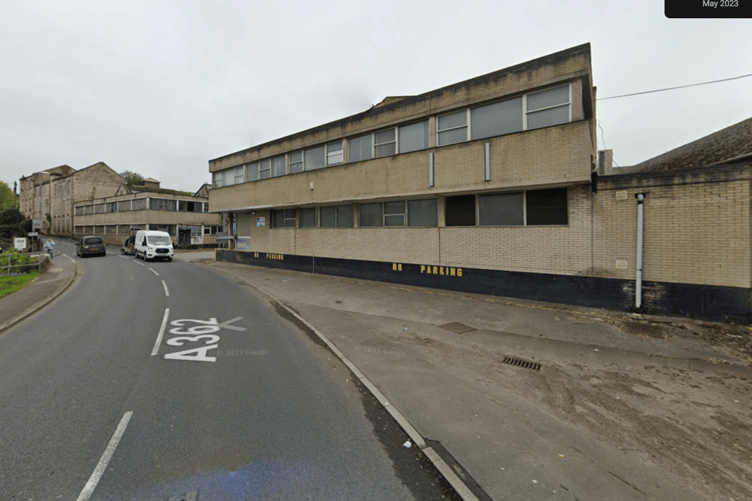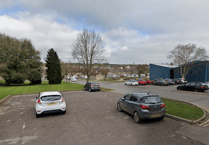There isn’t a single person in Midsomer Norton who doesn’t want to see the Welton Bibby and Baron factory regenerated. So why is it proving so difficult to get any work done on the site?
Writing in response to the original Midsomer Norton Retail Estates application to redevelop the former paper bag factory site, Midsomer Norton Town Council published a statement in August 2016 setting out their concerns “that there is a danger that delivery of the employment and townscape components (of the application) may be compromised if the principle of allowing more housing than is required for Midsomer Norton is upheld through an over-simplified indicative layout”. Indeed, the Town Council’s concerns about oversimplification were echoed by B&NES judgement to refuse the first application in 2017.
In terms of the historic brewery building, the Town Council’s 2016 statement went on to make clear that “The Town Council regards the Brewery buildings as having high heritage value and considers that it must to be retained in its entirety.” Yet by November 2022 their position had reversed, describing the derelict brewery building as “an oppressive presence in Station Road, preventing the building of a pavement for pedestrians and making a sense of enclosure which is not necessarily attractive to the residents or passers-by.” So how had the slow passage of time managed to create such a marked change of heart towards the brewery building?
Certainly, the Town Council’s Planning Committee underwent a considerable change of personnel over the six years from 2016 to 2022, but the other significant development over this period was that the planning permission that had been so hard won in 2018, had been allowed to expire without any work being done to the site. Surely if B&NES are to be held accountable for their own planning processes and the Town Council asked to explain their own change of heart towards the brewery building, then MNRE should be required to answer questions about their own lack of activity on the site?
When MNRE spoke to the Journal in 2017 they made it clear that they wanted “to secure a developer (or developers) for the site”, so would the much-vaunted Station Road pavement improvements, have ever been undertaken by them or would that have become the responsibility of a future developer once a site sale had been secured? Indeed, one of the key criticisms raised at the B&NES Planning Committee was that whilst the “enabling works” sought permission to demolish buildings on the site, the application made no actual commitment as to what would be built in their place, only artists impressions of what might be.
Question marks have even been raised over the legitimacy of an apparent petition of public support for the most recent application, which the B&NES Case Officer, Chris Griggs-Trevarthen, reported as receiving only “24 to 48 hours” before last month’s Planning Committee meeting.
Addressing the committee, Mr Griggs-Trevarthen described receiving the 218 name petition “in three different files”, one of which included a comment saying “keep it as it is please”, raising doubts over whether they “realised they were signing a support petition”.
The narrative that has sprung up around the latest instalment of this sorry saga appears focussed on apportioning blame. Yet the closer we move to scapegoating the further we move away from the facts.
Three planning applications, only one of which has been successful and has now lapsed and not a single brick touched on the site.
An abandoned factory, a derelict brewery, an inconsistent Town Council and an absentee landlord, all seeking to navigate their way through a planning process that has far more in common with a court of law than it does with the court of public opinion.
IAN NOCKOLDS





Comments
This article has no comments yet. Be the first to leave a comment.